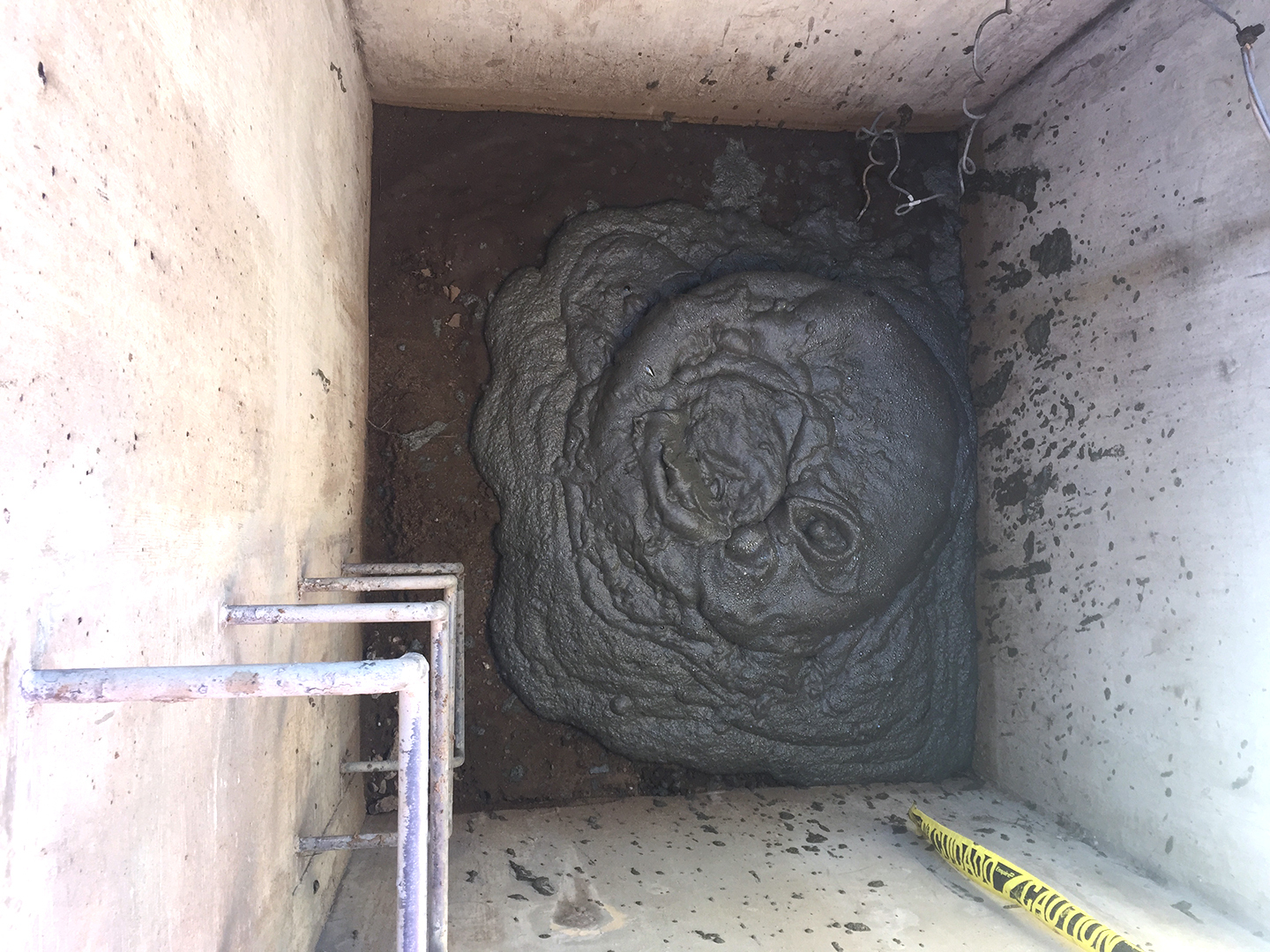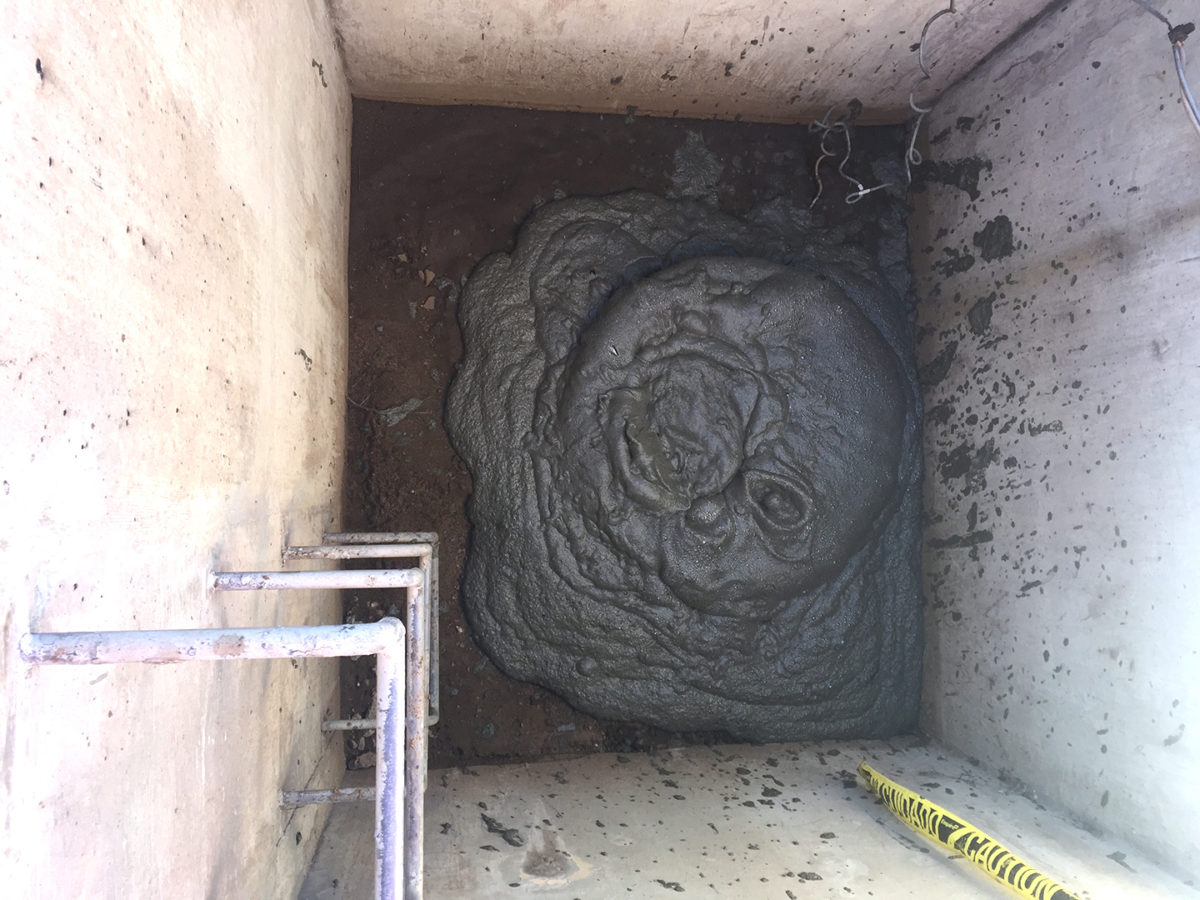Fuel Tanks Closure at the Defense Fuel Support Point, San Pedro
- Category
- Underground Storage Tanks
About The Fuel Tanks Closure at the Defense Fuel Support Point, San Pedro Project
PROJECT LOCATION
San Pedro, CA
COMPLETION DATE
2016
Fuel Tanks Closure at the Defense Fuel Support Point, San Pedro
The general scope of work for this project included the closure of twenty large cast-in-place concrete underground storage tanks (USTs), six large steel USTs (2,100,000 gallon capacity each), and one small steel UST (567,000 gallon capacity). Each tank had appurtenances removed, filled with a cellular concrete flowable fill, and abandoned in place. The underground pipelines were permanently disconnected, filled with the foamcrete (also referred to as foamed concrete or foamedcrete) mixture, flanged, and abandoned in place. The valve pits associated with the tanks and pipelines had all contents removed, the piping flanged, and the pits filled with the foamcrete mixture. The seven pumphouses had contents removed, piping flanged, and the facility demolished or filled with the foamcrete mixture. The multiproduct lines associated with the seven pumphouses were be emptied, cleaned, and filled with foamcrete. A vegetative ground cover was reestablished with in-kind indigenous plants and grass in areas impacted by abandonment operations.
The Solution
Cellular concrete (foamed concrete) was used to backfill the tanks, the benefits of using cellular concrete on this project included the lessened disturbance to the Ghat Catcher and the endangered Palos Verdes butterfly.
Working around the direction of the biologist, we were able to string out hoses over 1000′ to areas where disturbance of the Ghat Catcher or butterfly was sensitive. We were also able to lessen the impact of trucking to the site by a factor of ten by using bulk cement to create a neat slurry and introducing a lot of foam to produce class II material to backfill these tanks. The total duration of the backfill operations including all the associated piping abandonment took six months and 297,000 CY of class II material.


